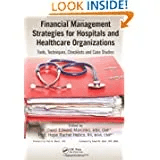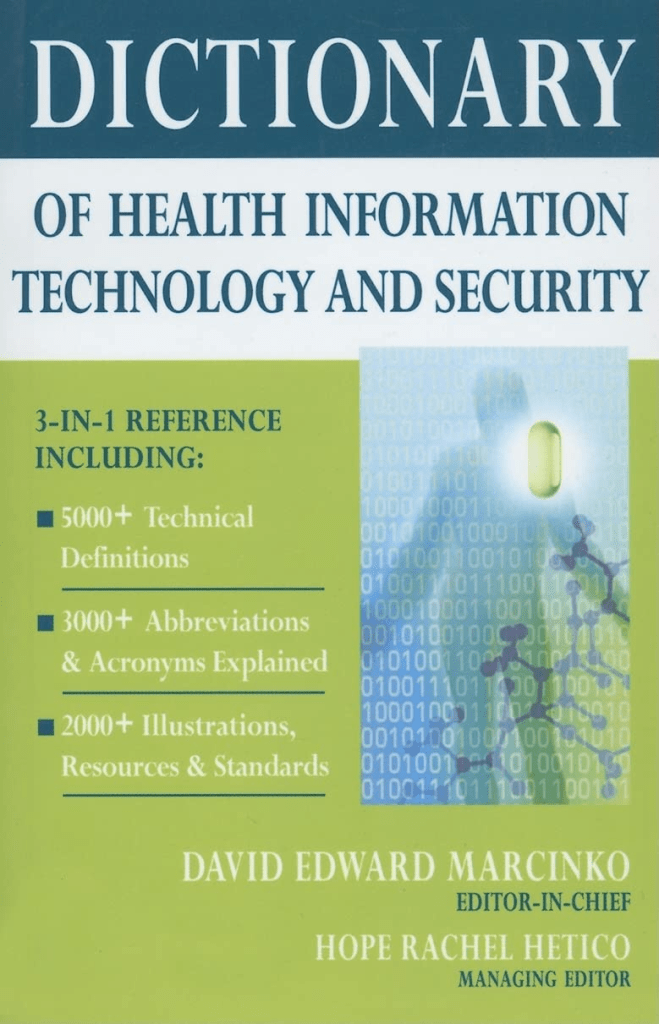And … the Solow capital motion growth model?
[By staff reporters]
In economics, the Golden Rule savings rate is the rate of savings which maximizes steady state level or growth of consumption, as for example in the Solow growth model.
Although the concept can be found earlier in John von Neumann and Maurice Allais‘s works, the term is generally attributed to Edmund Phelps who wrote in 1961 that the golden rule “do unto others as you would have them do unto you” could be applied inter-generationally inside the model to arrive at some form of “optimum“, or put simply “do unto future generations as we hope previous generations did unto us.”
***
***
The Solow growth model
In the Solow growth model, a steady state savings rate of 100% implies that all income is going to investment capital for future production, implying a steady state consumption level of zero. A savings rate of 0% implies that no new investment capital is being created, so that the capital stock depreciates without replacement. This makes a steady state unsustainable except at zero output, which again implies a consumption level of zero.
Somewhere in between is the “Golden Rule” level of savings, where the savings propensity is such that per-capita consumption is at its maximum possible constant value.
Assessment
Put another way, the golden-rule capital stock relates to the highest level of permanent consumption which can be sustained.
Conclusion
Your thoughts and comments on this ME-P are appreciated. Feel free to review our top-left column, and top-right sidebar materials, links, URLs and related websites, too. Then, subscribe to the ME-P. It is fast, free and secure.
Speaker: If you need a moderator or speaker for an upcoming event, Dr. David E. Marcinko; MBA – Publisher-in-Chief of the Medical Executive-Post – is available for seminar or speaking engagements.
Book Marcinko: https://medicalexecutivepost.com/dr-david-marcinkos-bookings/
Subscribe: MEDICAL EXECUTIVE POST for curated news, essays, opinions and analysis from the public health, economics, finance, marketing, IT, business and policy management ecosystem.
DOCTORS:
“Insurance & Risk Management Strategies for Doctors” https://tinyurl.com/ydx9kd93
“Fiduciary Financial Planning for Physicians” https://tinyurl.com/y7f5pnox
“Business of Medical Practice 2.0” https://tinyurl.com/yb3x6wr8
HOSPITALS:
“Financial Management Strategies for Hospitals” https://tinyurl.com/yagu567d
“Operational Strategies for Clinics and Hospitals” https://tinyurl.com/y9avbrq5
***
Filed under: Glossary Terms, Health Economics, Investing | Tagged: Golden Rule Savings Rate?, Solow growth model? | 1 Comment »


























